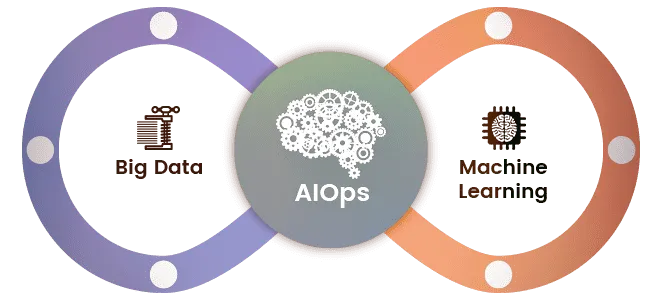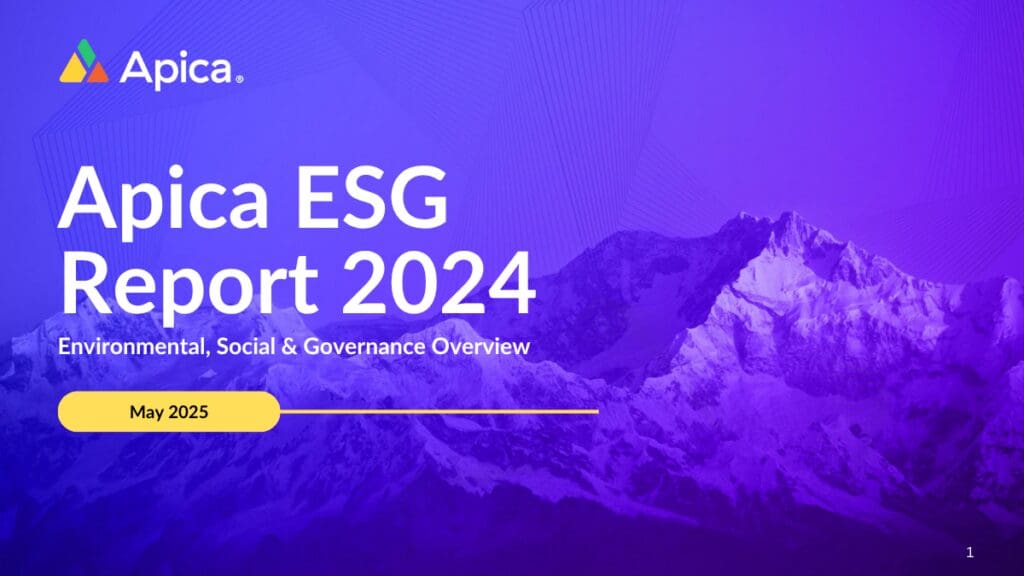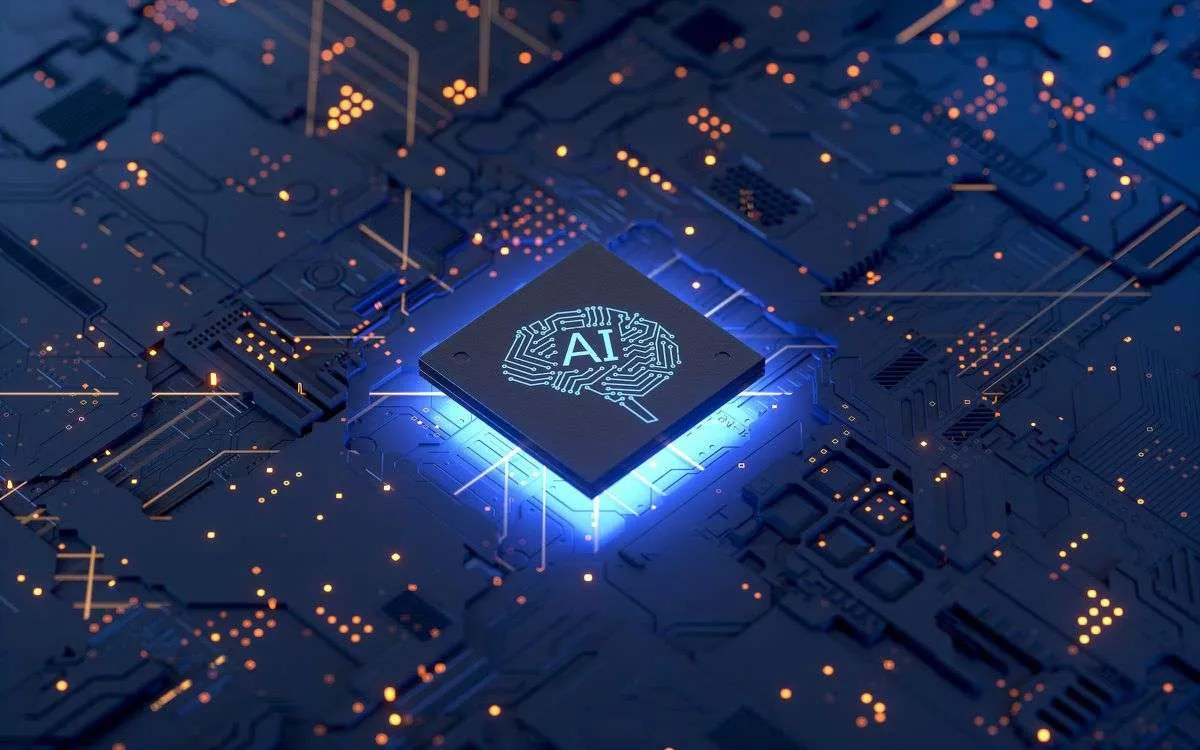AIOps stands for artificial intelligence for IT operations. Don’t be troubled because the acronym’s letters don’t line up with its meaning.
With every passing day, more businesses are incorporating IT into their daily operations. With digital communications and electronic platforms to do business on, workloads diminish among companies of all kinds, such as data management, staff communication, and more, all being much easier to conduct in a digital space. Think of a company like Amazon trying to manage its global operation via pen & paper – it’s absurd.
However, managing these platforms is quickly becoming an increasingly complicated task, as the builds and designs of modern media and applications demand more intricate and detailed supervision. What that means is while many employees of companies are benefiting from digital operations, IT employees are being required to meet higher demands and overwhelmingly stressful positions.
What is AIOps?
Essentially, AIOps use AI and machine learning to perform several different tasks to streamline and improve IT operations. AIOps refers to multiple technological platforms that work with your data, IT tasks, and applications, analyzing and interpreting data, automating tasks, and performing actions that can increase the overall functionality of your system operations.
AIOps can detect and interpret data from applications and systems that signify issues, problems, or low efficiency and bring these matters to your attention. AIOps also does the work of older automated systems by providing regular analysis of data as well – this basically just makes it the next natural step in managing our IT operations. Furthermore, AI allows systems to automate processes that humans would have to perform manually. This means more downtime for IT staff and the ability to focus on other tasks like coding and designing more user-friendly systems.
We’ve been collectively building towards automated systems for decades, and AIOps is the next step that we’ve been waiting for.
How Does AIOps Work?

Machine learning refers to providing systems with artificial intelligence. This AI allows systems to learn how to self-automate programs, improve their operations, and generally manage tasks without being explicitly programmed to do so. AIOps makes use of this AI to identify errors and potential problems in your system operations. An example of this could be if a system is underperforming due to resources not being allocated correctly across platforms – AIOps can identify this trend and automatically make a note of it for IT staff to examine further.
Big data refers to enormous amounts of data created and collected in day-to-day business operations. Big data can be challenging for humans to sift through and interpret because of its overwhelming size. Machines can quickly diagnose and analyze this data, giving humans the ability to focus on more essential tasks. It’s generally accepted at this point by IT professionals that the data generated by IT operations have exceeded a human’s ability to manage and analyze it for years, and this will only continue to worsen over time.
Why Use AIOps in Your Business?
In a survey of 100 IT professionals across varied fields, the overwhelming majority pointed to AIOps as the next feasible step for managing and enhancing IT operations. More and more businesses are incorporating AIOps every day, and it’s expected that this number will continue to rise as the benefits of AIOps become more apparent.
We’ve already mentioned a few of these benefits, such as performance management and system enhancement. However, these are vague terms that can be difficult to understand. We’ll go a bit more in-depth here, discussing specific things that AIOps can do for IT operations.
1) Provides one single platform to monitor system performance
Typically, systems make use of multiple monitoring tools to measure, analyze, and understand system performance. This variety of tools can make data interpretation clunky and inefficient and requires IT staff to coordinate and communicate between multiple platforms. Data analysis and interpretation become difficult in environments like these due to the sheer amount of data to pore over. Multiple tools mean multiple performance metrics to compare and contrast. With AIOps, comparing and contrasting begins automatically, and the results are delivered nearly instantaneously.
2) Makes use of predictive analytics to improve user experience
Every business wants its users to have the best experience possible. This is obvious, or else usability testing and the like would’ve been made obsolete a long time ago. However, delivering the best possible experience requires the ability to predict possible events that might have a negative impact on system usability and user experience. AIOps does this by leveraging and interpreting data to the point that it could predict these future events and even stop them through automated processes on its own. This sort of predictive analysis is almost impossible for humans to do, but for machines with AI, it’s simple.
3) The next step in IT management
While we’ve been saying this throughout this article, it’s just a matter of fact at this point. IT operations have exceeded the ability of humans to manage. Alerts are at an all-time high, with many systems averaging tens of thousands of issues being flagged, error signals being sent to servers, and other problems being cataloged every month. While current systems can flag and notice these errors, they currently require an actual person to see the error, analyze it, figure out what’s causing it, and fix it. This takes relentless amounts of time and energy and could be simplified enormously if an automated system was to take over. At this point in time, it would be pure stubbornness and ignorance to defy the future that is AIOps.
AIOps at apica.io
Apica leverages AIOps to improve its IT operations by analyzing and processing vast amounts of data generated by systems, applications, and infrastructure in real-time. By doing so, AIOps helps identify and resolve issues faster and more accurately, enabling Apica to deliver a better customer experience. Here are some ways apica.io leverages AIOps:
- Proactive Monitoring: Apica uses AIOps to monitor and analyze large volumes of data from IT infrastructure, applications, and systems in real-time. AIOps can detect patterns and anomalies in the data, helping to identify potential issues before they impact customers or business operations.
- Automated Incident Management: AIOps helps to automate incident management by analyzing data from various sources to identify the root cause of incidents. This enables apica.io to respond quickly and resolve issues before they escalate.
- Performance Optimization: apica.io uses AIOps to optimize the performance of its applications and systems by identifying bottlenecks and areas for improvement. AIOps can also help apica.io to predict future demand and allocate resources accordingly to ensure optimal performance.
- Predictive Maintenance: AIOps allows to to predict system failures and schedule maintenance proactively. By using predictive maintenance, apica.io can reduce downtime and enhance monitoring tasks.











